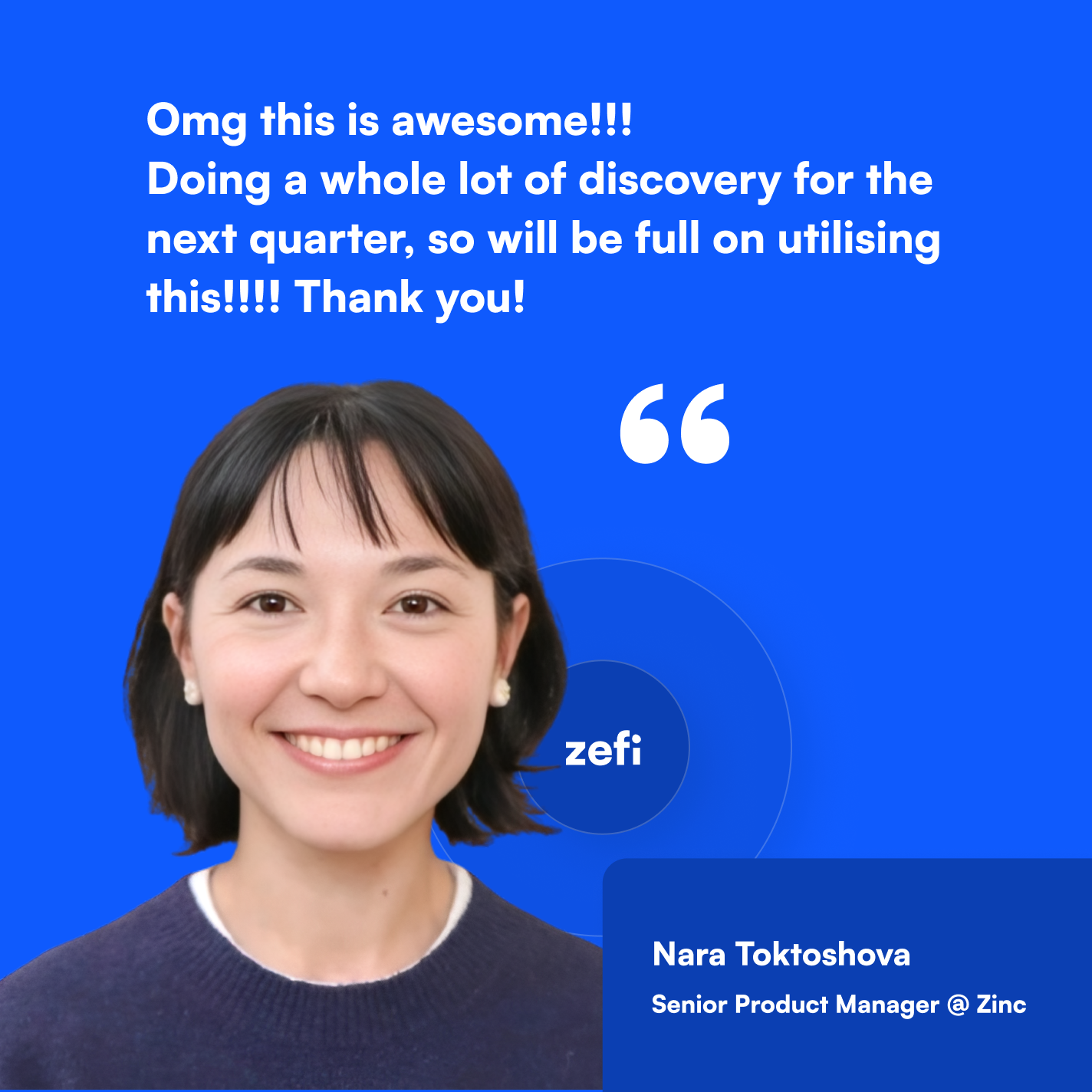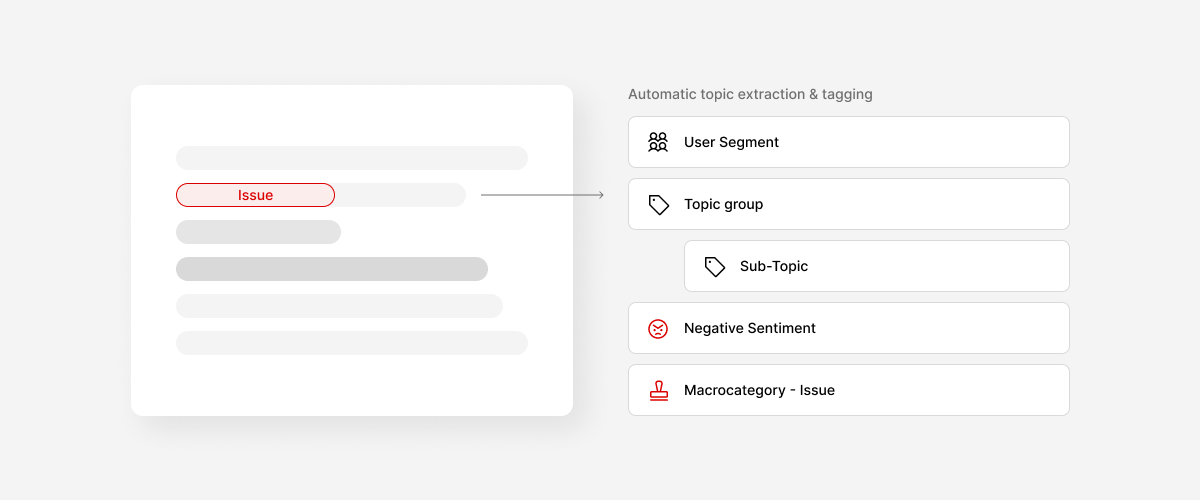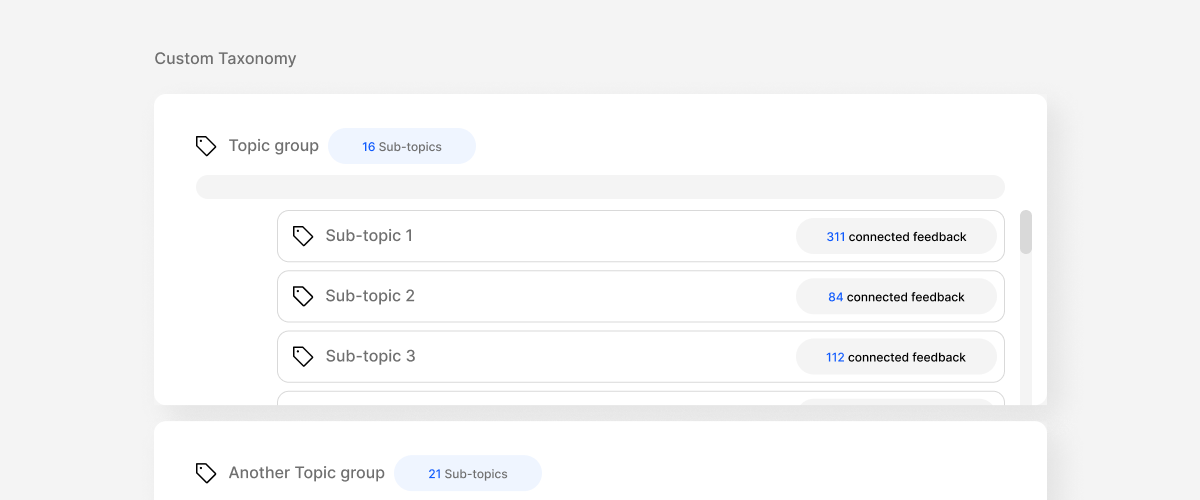Unique Selling Points: A Product Manager's Secret Weapon
In a crowded marketplace, Unique Selling Points (USPs) are a Product Manager's secret weapon. They enable you to:
- Differentiate your product: USPs highlight what sets your offering apart from competitors, making it stand out in the minds of potential customers.
- Communicate value: By clearly articulating your USP, you effectively communicate the unique benefits your product delivers to potential customers.
- Increase launch success: A strong USP can significantly improve your chances of a successful product launch by grabbing attention and driving early adoption.

Identifying Winning USPs
Discovering your product's USPs requires a blend of product knowledge and customer insight:
- Market Research: Delve into market trends and competitor offerings to understand the landscape.
- Customer Feedback: Analyze surveys and feedback to identify the specific needs and pain points of your target audience.
- Competitive Analysis: Evaluate competitor strengths and weaknesses to pinpoint potential areas for differentiation.
With a clear understanding of your ideal customer and their challenges, you can then assess your product's features and benefits through the lens of competitive differentiation. This allows you to:
- Capitalize on strengths: Identify features that are superior to or absent in competitor offerings.
- Address weaknesses: Acknowledge areas needing improvement and develop strategies to address them strategically.
Leveraging USPs for Success
Once you've identified your USPs, it's time to leverage them strategically:
- Messaging: Ensure your USPs are woven into all communication channels, from marketing materials to sales pitches, highlighting the unique value proposition for customers.
- Product Development: Prioritize features that directly support your USPs, aligning product development with the key differentiators that matter most.
- Organizational Alignment: Foster a customer-centric culture by ensuring everyone involved, from product marketing and engineering to design, understands and embodies your USPs. This alignment fosters a shared focus on delivering value to your target audience.
The Continuous Cycle of USPs
USPs are not static; they should be considered throughout the entire product lifecycle:
- Ideation: During the initial concept development stage, USPs guide feature selection and ensure your solution addresses true customer needs.
- Launch and Beyond: USPs remain crucial throughout launch and beyond, informing ongoing marketing efforts and product development decisions. As the market and customer needs evolve, your product management team should continually assess and refine USPs to maintain competitiveness and relevance.
By understanding the power of USPs and strategically implementing them, you can empower your product to stand out in a crowded market, attract customers, and achieve long-term success.


































